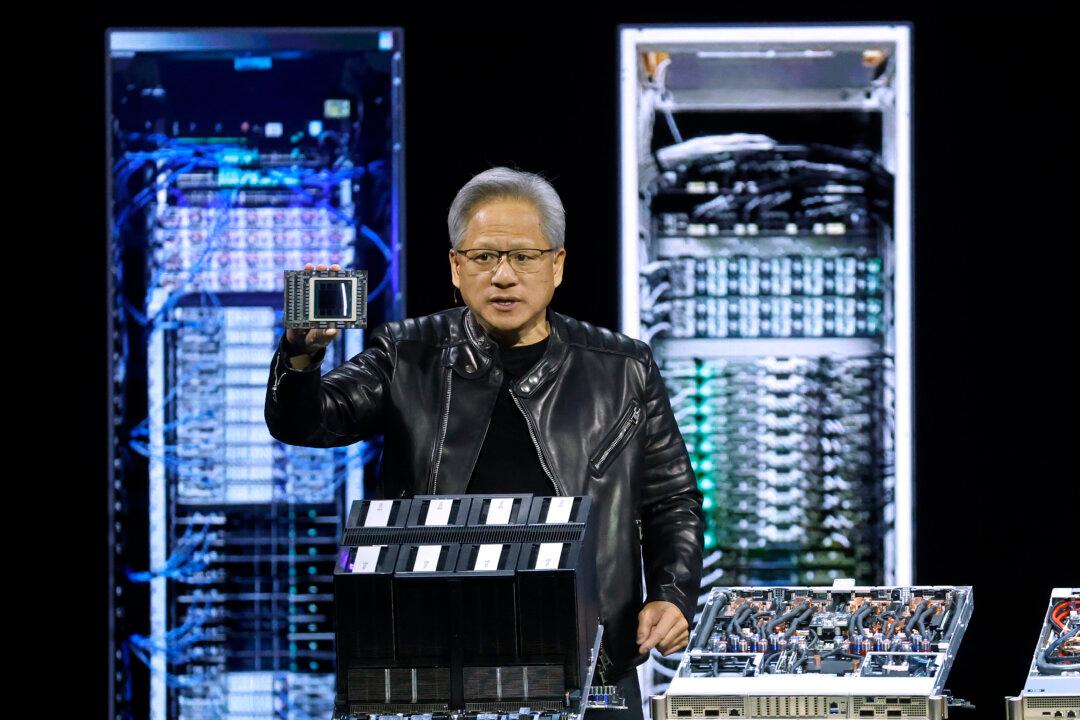Connecticut has become the latest state to lean into the Biden administration’s push for net-zero in its fight against climate change, with the state’s governor announcing proposed regulations that will ban the sale of new light-duty fossil fuel-powered vehicles by 2035.
The state’s Democrat Gov. Ned Lamont announced the draft regulations last week, calling it “decisive action to meet our climate pollution reduction targets,” while critics said the move would hurt consumers by forcing them to buy more expensive electric vehicles.





